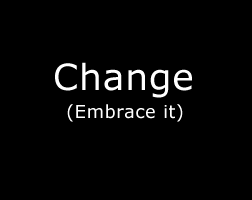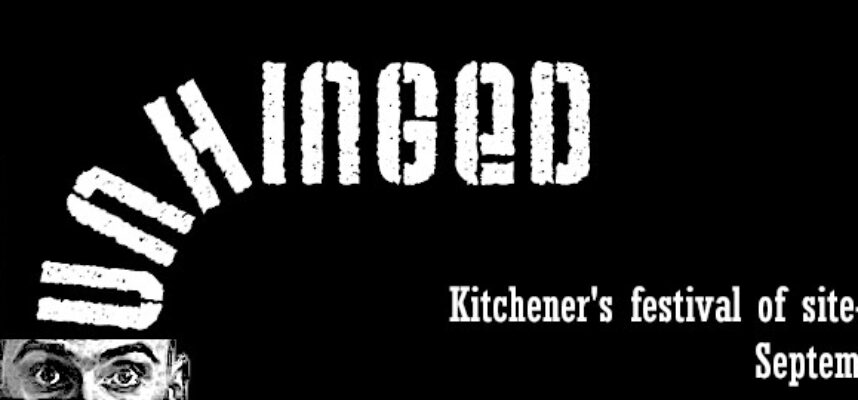29 Nov 2008
0 CommentsBusiness Models: Subscription vs. Freemium vs. Free in Lean Times
Have you invented a killer application that people will use in business or their personal lives on a regular basis? Are you ready to implement a great web/mobile experience in the context of building a web startup business?
 Now what? You’ll want to evolve a business model that helps viral adoption, yet still allows for effective monetization of your great new application. Below are the three main web-based models you may wish to consider:
Now what? You’ll want to evolve a business model that helps viral adoption, yet still allows for effective monetization of your great new application. Below are the three main web-based models you may wish to consider:
1. Subscription: This model involves a per monthly charge for a service and generally uses traditional and web approaches to customer acquisition. A conservative approach, this is simply a Web 1.0 conversion of traditional selling models to the online world. That being said, many great businesses have thrived using this model, because in principle, cash flows can commence very quickly.
 2. Free: Since the early days of the web, sites like Yahoo!, and more recently Google and Skype, based on web economics and culture offer a high level of service and utility for the amazingly low price of free. Free continues to be the pricing model of choice for consumer web users. Notwithstanding the lowered costs to provide such services, the old adage of “make it up in volume” doesn’t get you very far toward cash flow positive. That’s one of the key paradoxes of the web, how to balance consumer desire for free with the need to make money.
2. Free: Since the early days of the web, sites like Yahoo!, and more recently Google and Skype, based on web economics and culture offer a high level of service and utility for the amazingly low price of free. Free continues to be the pricing model of choice for consumer web users. Notwithstanding the lowered costs to provide such services, the old adage of “make it up in volume” doesn’t get you very far toward cash flow positive. That’s one of the key paradoxes of the web, how to balance consumer desire for free with the need to make money.
 3. Freemium: As a hybrid of Subscription and Free, this model was first popularized in 2006 by Fred WIlson of Union Square Ventures. He describes it thus:
3. Freemium: As a hybrid of Subscription and Free, this model was first popularized in 2006 by Fred WIlson of Union Square Ventures. He describes it thus:
“Give your service away for free, possibly ad supported but maybe not, acquire a lot of customers very efficiently through word of mouth, referral networks, organic search marketing, etc, then offer premium priced value added services or an enhanced version of your service to your customer base.”
Web services like Basecamp from 37Signals or LinkeIn are successful examples of the Freemium model. Few people realize that LinkedIn, which most people see as a free service, generates over $100 million in revenues from people who chose a premium ofering, special services for the recruitment industry, and some ad revenues (that serve to subsidize the free offering). With an industry average Free to Premium conversion rate of 3%, the Freemium approach, if designed and executed well, can be quite lucrative.
Freemium can be a great way to lower the costs of customer acquisition, provided that the free piece isn’t too expensive to deliver. Well designed offerings which tap into viral social media and user generated content can generate significant customer pipeline to the free service at reasonable cost
No startup entrepreneur needs to be reminded of the challenges of financing during this current economic turmoil Notwithstanding that, as I pointed out in Counter-cyclical Optimism, it may be one of the best times to launch your great new innovation into the marketplace.
One of the key success factors, that we’ve long espoused as part of our Venture 2.0 approach, is to keep the cash burn lean. Now, we would add to that the requirement to race as fast as possible to cash flow positive. The approach of low cash plus high speed is not often the ideal way to dominate a market, but it can shave hundreds of thousands, or even millions, of dollars off the cost to build an online business, thereby reducing the current financing risk.
I would assert that this dynamic is forcing some difficult, and possibly counter-productive choices. It goes without saying that it will be much harder to finance purely Free startups in this climate. Well known Web 2.0 companies like Twitter and AideRSS both fall into the “hard to monetize” category. Although they could drive small amounts of ad revenue, that might well distract from the experience enough to annoy users. It may well be that such businesses simply need to “find a new home” as a plug-in to a larger company with a well established business model. Thus, if you plan to build a purely Free business, you need to plan to build for the lowest cost from zero to exit, to reflect the fact that exit valuations may be impaired over the next period. Furthermore, it is unclear, unless you have a rich sugar daddy, how you will fund the burn until the exit.
For those businesses that lend themselves to the model, Freemium would seem to be the ideal choice. There are some major questions such as:
- what to give away for free and what to make part of the premium service
- whether to start with the free offering and build a loyal base or start premium, then later add the free piece
Fundamentally, you must find a way to a to accelerate the drive to cash generating premium subscribers. It will almost certainly mean finding accelerators to the business model to drive your premium adoption while lowering the costs even further in your (already minimal) monthly burn.
Solve this, and as a startup, you have strategic options. You have potentially built a great cash flow positive business, but also increase your likelihood to beomce a strategic acquisition target for a more major web or mobile player. Crack the code, and It’s a great recipe for success.














14 Dec 2008
0 CommentsRay Simonson Video Replay of MaRS Entrepreneurship 101
I wanted to share a great presentation by Ray Simonson who spoke on December 3rd, giving a “Lived It” talk as part of the Mars Entrepreneurship 101 lecture series at MaRS Discovery District in Toronto.
I’ve known Ray for a long time and, not only is he a great guy, but he’s an amazing storyteller. Certainly Ray’s stories can serve to inspire and educate any budding entrepreneur. Ray is forthright, having seen his share of challenges along the way, ones that might make a less determined person pack it in.
Since 2004, Ray and I partnered through Verdexus to acquire then build the company now known as Coreworx (formerly Software Innovation). Since its August 2008 acquisition by Acorn Energy, Ray continues as CEO of a growing business.
This recent lecture, focusing on Ray’s first exit at BlueGill Technologies, was taped and the video located here:
Lived It Video by Ray Simonson
is well worth the time to view. The site requires you to provide your name and email to access the video.
It’s part of a great, non-credit course to encourage and educate new entrepreneurs with real life experience. You can find out more about it at the MaRS CIBC Entrepreneurship 101 Lecture Series site. You might want to sign up for this series, but they don’t come much better than Ray’s recent talk.